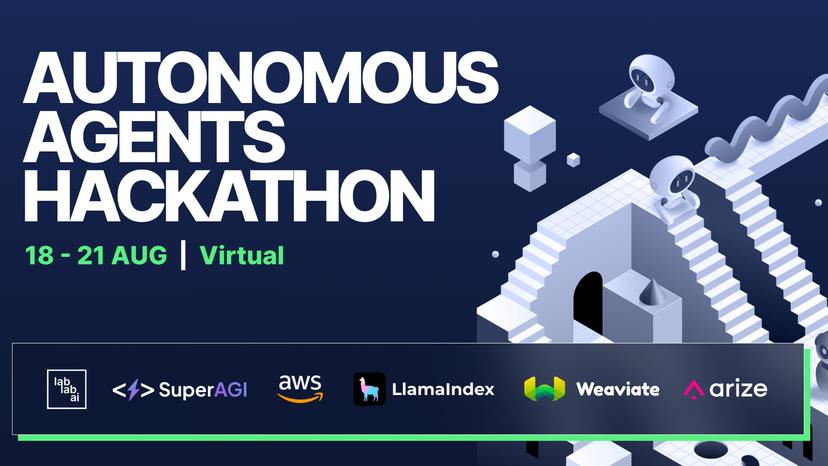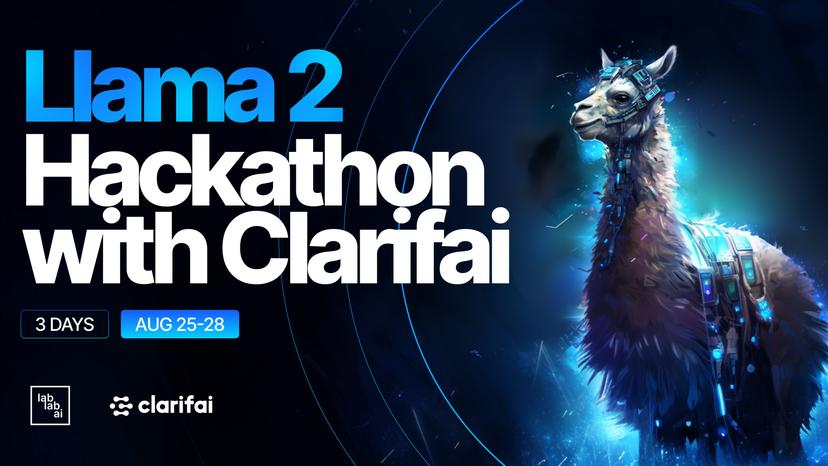Barun Saha@barun_saha539
is under improvement
is under improvement
🤓 Latest Submissions
.png&w=828&q=75)
Poem2Pic Poetry and Art
Poetry is food for the soul. On the other hand, an image is worth a thousand words. With Poem2Pic, one blends poetry with art. Poem2Pic enables the generation of an image based on a poem. In particular, Flan-T5, a large language model (LLM), is used to generate a very short summary of an input poem. The summary is then fed to Stable Diffusion in order to generate an image. The final image is displayed to the user. The project used Langchain to interface with the LLM. The user interface is built using Streamlit. The source code and live demo are available at https://huggingface.co/spaces/barunsaha/poem2pic Poem2Pic is primarily aimed at having fun. However, it might find potential applications in the self-publishing industry, for example. In addition, artists as well as the vast poetry community on Twitter and Instagram might find it useful to.
24 Jul 2023
.png&w=828&q=75)
Slides Wizard
We spend significantly more time creating presentation slides as compared to the time we take to talk about them. Although AI can help generate the contents, it cannot generate the slides without external interfacing with any other tool. In the latter scenario, one needs to install third-party plugins or provide access with greater privileges to third-party tools. Slides Wizard aims to alleviate this problem. With Slides Wizard, users can generate a slide deck on any given topic. Based on the input description, an outline/content of the slides is generated. This free-form text is then converted into structured output, such as JSON, which helps in parsing. Finally, a PowerPoint slide deck is created for the user based on the previously structured data. In other words, with Slides Wizard, the user is in control of both content and software.
21 Aug 2023
.png&w=828&q=75)
SlideDeck AI
We often spend a lot of time to create presentation slide decks. Although AI can help us with generating content, it requires several additional works, and often software permissions, to actually generate a slide deck based on such content. With SlideDeck AI, users and generative AI co-create a presentation slide deck in a few steps. Users begin by describing the topic of their presentation, based on which the contents/outlines of the slides are generated. Subsequently, the natural language contents are converted into structured JSON data. In the next step, a PowerPoint slide deck is created based on the JSON data. In addition, SlideDeck AI goes beyond the basic functionality to further help the users. First, it retrieves helpful resources on the topic from the Web and presents them to the users for further study. Second, it also generates a concept art on the topic that might be used in the presentation. With SlideDeck AI, users can gain a productivity boost by co-creating with AI.
28 Aug 2023
.png&w=828&q=75)
RAG2Rich
Building an RAG app is easy. However, optimizing its different settings, such as chunk size and context, is necessarily not. With RAG2Rich, one can identify the optimal parameters/configurations based on an answer "richness" score. Answer richness, or the "Rich" score, is a composite metric, based on the context relevance, answer relevance, and groundedness measures computed by TruLens. The average richness score is computed by transforming a relevant vector measure into a scalar using a weighted logistic function. Subsequently, the optimal parameters are chosen based on the optimal value of the average richness score. In other words, RAG2Rich offers a scientific approach to optimizing RAG-based systems. RAG2Rich is built with several technologies, such as Vertex AI/PaLM 2, LlamaIndex, Chainlit, Milvus/Zilliz, TruLens, and Cohere. We demonstrate RAG2Rich with a use case from Substation Automation Systems.
11 Dec 2023
.png&w=828&q=75)
Sys2Doc
As scientists and engineers, we often draw a lot of diagrams depicting systems, for example, architecture, state machines, and flow diagrams. However, writing their descriptions can often be tedious, but without which system documentation remains incomplete. With Sys2Doc, one can generate system documentation based on a given diagram of any system. Sys2Doc is powered by Gemini Pro Vision and TruLens. The latter is used to identify an associated prompt for the images so that the description generated in response is largely sanitized, for example, in terms of insensitivity and criminality. So, the next time someone asks you to document your project, remember that Sys2Doc is there to help!
22 Dec 2023
.png&w=828&q=75)
QoScope
Quality of Service (QoS) is a critical requirement in communication networks. QoS patterns can indicate potential network problems or a need for an upgrade. With millions of schools connected to the Internet, there already is an overwhelming volume of network performance data available. Moreover, as usage patterns evolve in the future, for example, from accessing data and video to running real-time, remote or virtual experiments across schools, the QoS demands would only grow stronger. Therefore, there is a need for an efficient approach to gain insights into the pool of network performance data. QoScope takes an agentic approach to provide a natural language dashboard (NLD). Using the NLD, network administrators can express their queries in natural language, e.g., English. Based on the query, the agent uses one or more available tools to arrive at a response. For example, currently, QoScope can generate and run a SQL query when required. In addition, it can also generate bar and line diagrams to assist visualization of data. In particular, QoScope uses the `school_geolocation_measurements_v2/measurements.csv` dataset by Giga. This CSV file contains the network speed and latency measurements across many schools. A filtered version of these measurements (where each school has at least 120 data points) is pre-processed, resampled, and stored as an SQLite database provided with this repository (`resampled_daily_avg.sqlite`). QoScope agent queries the table in this database on the fly, if required. The source code and live demo of QoScope are available at: https://huggingface.co/spaces/barunsaha/qoscope and https://huggingface.co/spaces/barunsaha/qoscope/tree/main (Apache 2.0 license).
2 Mar 2025





